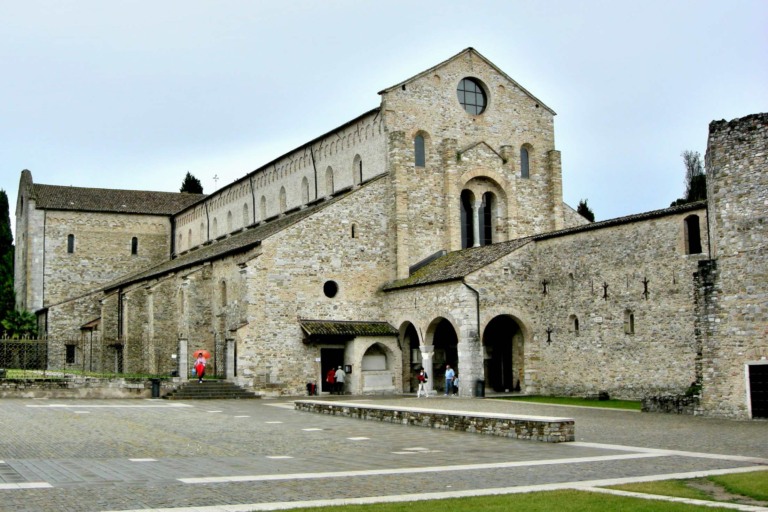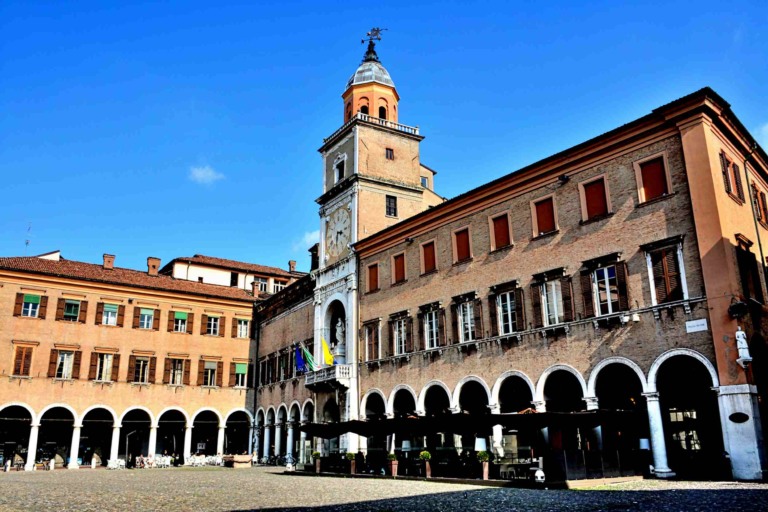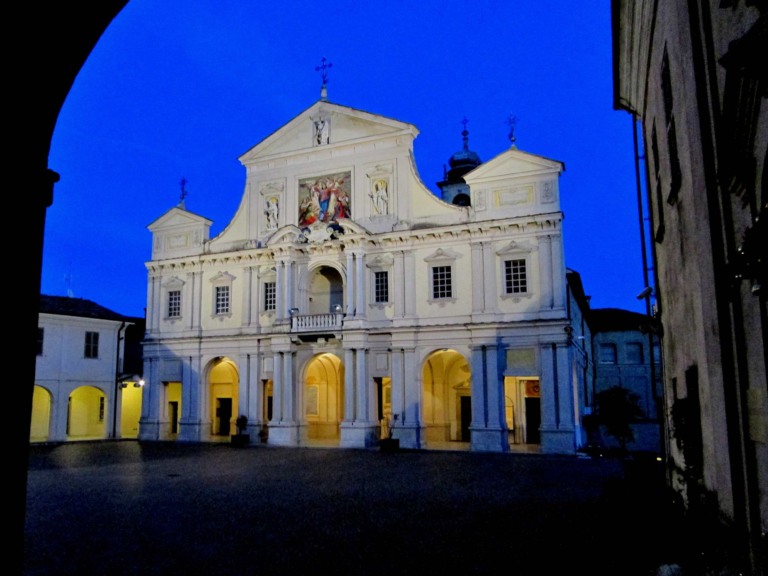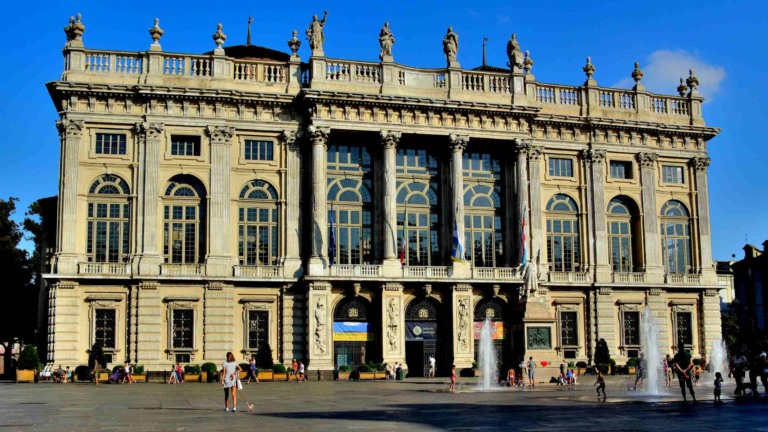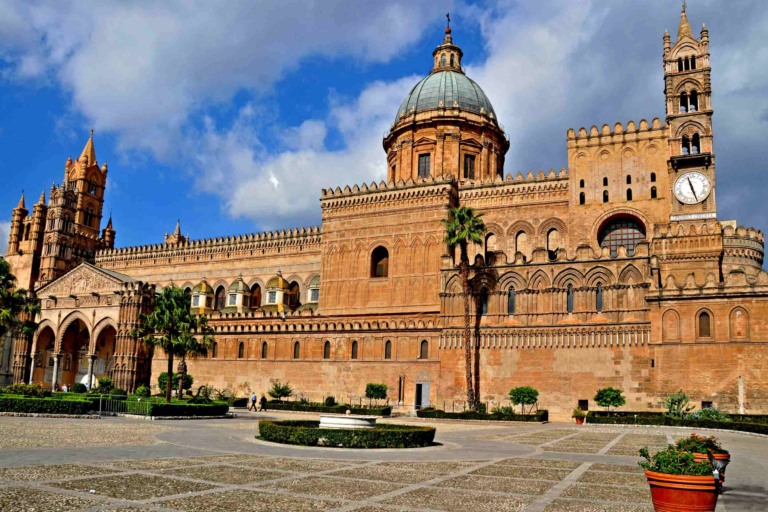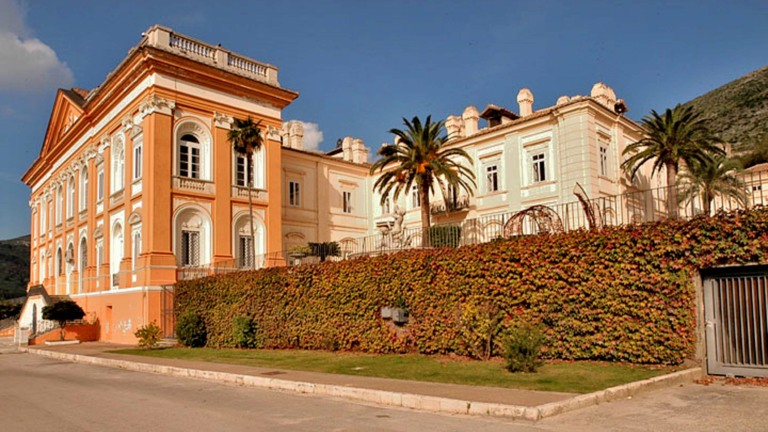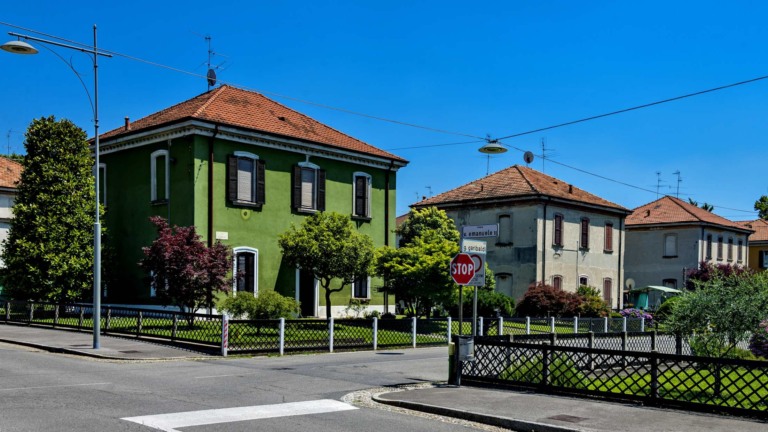Ravenna was the capital of the Roman Empire in the 5th century. From the 6th century to the 8th century, it was the capital of Byzantine Italy. It has a unique collection of mosaics and monuments from the time of the early Christians. Christian Monuments of Ravenna became a UNESCO World Heritage Site in 1996. There are eight buildings in it. Between the 5th and 6th centuries, these were built.
Where is Ravenna Italy
Here are the eight places on this list. The Mausoleum of Galla Placidia, the Neonian Baptistery, the Basilica of Sant’Apollinare Nuovo, the Arian Baptistery, the Archbishop’s Chapel, the Mausoleum of Theodoric, the Church of San Vitale, and the Basilica of Sant’Apollinare in Classe. They show a lot of artistic skill, with a great mix of Graeco-Roman tradition, Christian iconography, and styles from the East and West.
Ravenna is on the tourist map because it has churches that are over 1,500 years old and have the best Byzantine mosaics in the West. In Roman times, the city was called Classe, and it was a port for the empire’s large naval fleet. Ravenna was briefly the capital of eastern Rome, but the barbarians took it when Rome fell.
Early Christian Monuments of Ravenna
Then, in AD 540, the Byzantine emperor Justinian made Ravenna the empire’s westernmost stronghold. Ravenna was a bright spot during the Dark Ages in Europe. It was the peak of civilization at the time. Two hundred years later, the Lombards kicked the Byzantines out, and Ravenna disappeared into the backwaters of medieval Italy, where it stayed for a thousand years.
Today, the local economy is doing well because there is a big chemical industry, offshore gas deposits were found, and a new ship canal is being built. Italy’s best place to ride a bike is through the busy town center. Locals go about their business while busloads of tourists, mostly cruise ship passengers and Italian school groups, sneak in and out of town quietly to get the best view of Byzantine glory this side of Istanbul.
Byzantine Mosaic Ravenna
Even though the best things to see in Ravenna can be seen in a four-hour stopover, the city can be enjoyed for a whole day, especially if you like mosaics. Its cheap places to stay and eat give you a good value for your money. From Venice or Padua, the town is a long but possible day trip that takes about three hours by train each way. It’s nicer to stay for the night.
You could also stop here on the way to Florence from Venice or Padua. Between March and June, when school trips are most popular, Ravenna has the most visitors. The center of Ravenna is quiet, has more bikes than cars, and is easy to walk through. On a quick stop, you’d see Basilica di San Vitale and its adjacent Mausoleum of Galla Placidia, Basilica di Sant’Apollinare Nuovo, the covered market, and Piazza del Popolo.
If you’re going to Ravenna for the day, write down the times of the next few trains before you leave the train station. While you’re only there for the day, leave the train station and walk straight down Viale Farini to Piazza del Popolo. This square was built around 1500, when Venice ruled the city for about 60 years. People from Ravenna have been meeting here for hundreds of years, under the Venetian architecture.
From Piazza del Popolo, you can walk to most places in a few minutes. If you turn right on Via IV Novembre, the colorful covered market is one block away. The Basilica di San Vitale and the Mausoleum of Galla Placidia, which are two of Ravenna’s most important sights, are two blocks away on Via San Vitale. During the off-season winter months, most sights close early. When you arrive, you can get a schedule from the tourist information office.
Ravenna Italy Mosaics
At 1,400 years old, the Basilica di San Vitale is impressive enough on its own. But it is very rare to see its beautiful mosaics still making people feel like “your emperor and God brought you this peace and stability.” Study the pictures of the apostles, the lamb on the ceiling, Christ without a beard sitting on a blue earth, and Emperor Justinian and his wife Theodora in their lavish court.
Theodora was an aggressive Constantinople showgirl who used all her charms to gain power with and even over her emperor husband. San Vitale is the last piece of Roman art and the first piece of art from the Christian era. This church was the model for the Hagia Sophia, which was built 10 years later in Constantinople. It also inspired Charlemagne to build the first big church in northern Europe in Aix-la-Chapelle, which is now the city of Aachen.
The Mausoleum of Galla Placidia is the small mausoleum across the courtyard from the basilica. It has the oldest and, to many people, most valuable mosaics in Ravenna. The little bit of light that gets through the thin alabaster panels gives the very early Christian symbols a glow and a twinkle.
Jesus the Good Shepherd, Mark’s lion, Luke’s ox, John’s eagle, and the golden cross on top of everything else fill the small room. Cover the door’s light with your hand to see Christ as the Good Shepherd without a beard. The early church liked to see this scene. Ninety-five percent of the mosaics here are the originals. They are from the late Roman era, when Ravenna was the capital of the West and the rest of the empire was falling apart.
Ravenna Churches
- Mausoleum of Galla Placidia
- Neonian Baptistery
- Basilica of Sant’Apollinare Nuovo
- Arian Baptistery
- Archbishop’s Chapel
- Mausoleum of Theodoric
- Church of San Vitale
- Basilica of Sant’Apollinare in Classe

